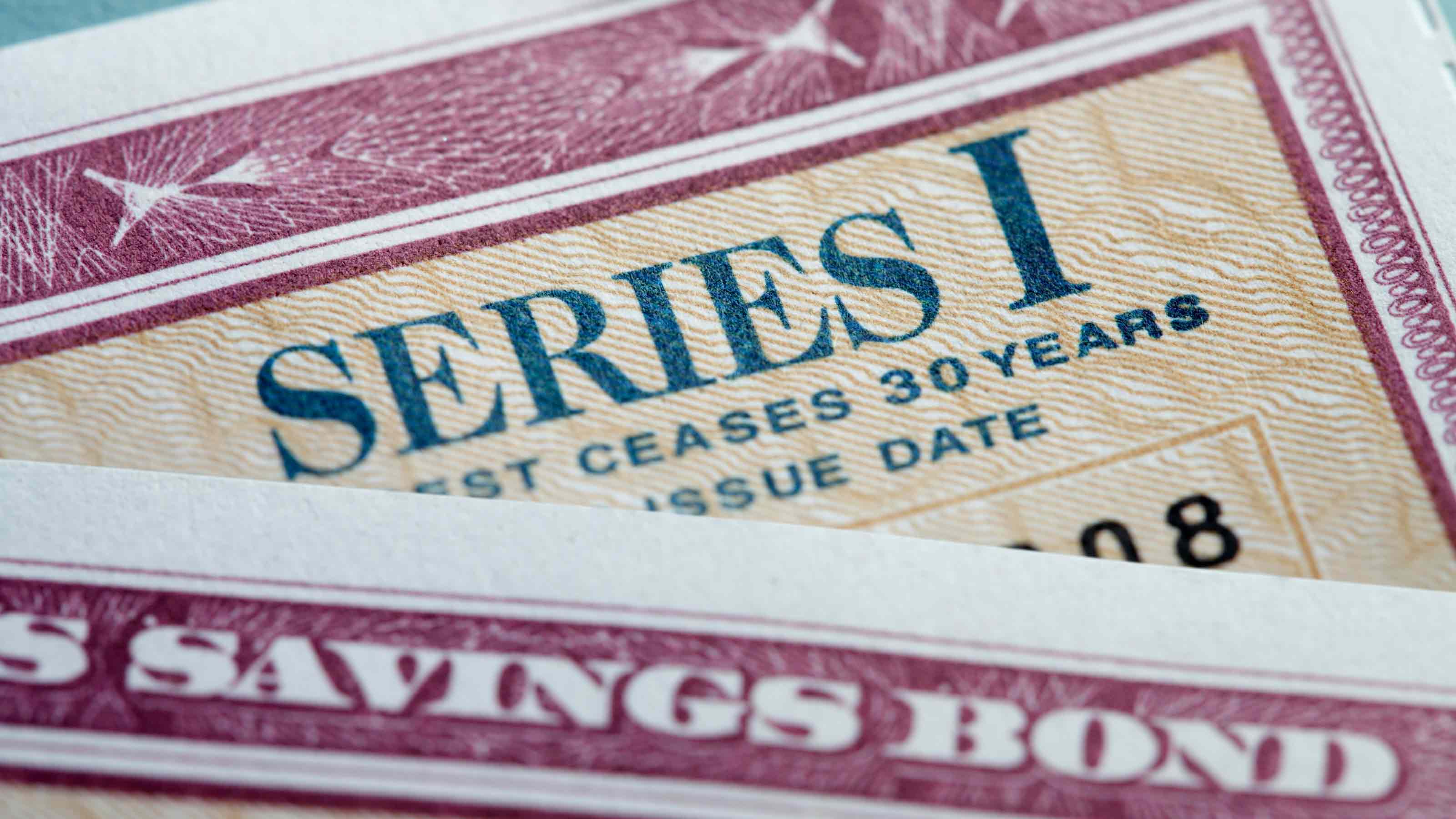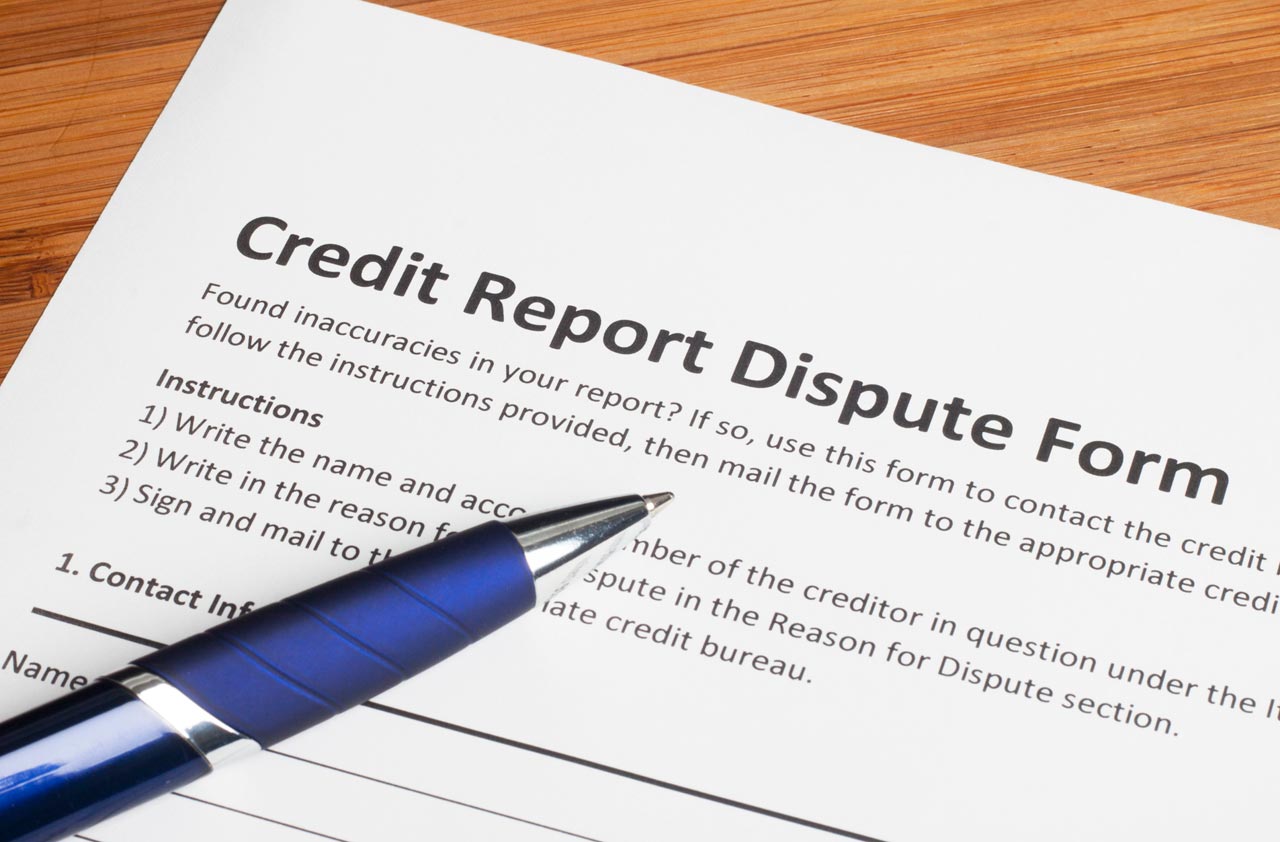What to Do With Old Savings Bonds
First, check to see whether they are still earning interest. If not, cash them in and invest the money somewhere else.


Question: My parents and grandparents gave me some savings bonds when I was born. How can I figure out if they’re still earning interest? If they aren’t earning interest anymore, how do I cash them in?
Answer: The maturity date depends on the type of savings bond and when it was issued. Most savings bonds earn interest for 30 years, although HH bonds earn interest for 20 years, and old Series E bonds (from November 1965 and earlier) earn interest for 40 years. If you have E bonds or H bonds, they aren’t earning interest anymore; neither are EE bonds issued from January 1980 through April 1987 or HH bonds issued from January 1980 through April 1997. See the full list by date at TreasuryDirect.
If you have Series E bonds issued in 1974 or later or Series EE bonds, you can use the Treasury Hunt tool to quickly see if any bonds registered with your Social Security number have stopped earning interest.

Sign up for Kiplinger’s Free E-Newsletters
Profit and prosper with the best of expert advice on investing, taxes, retirement, personal finance and more - straight to your e-mail.
Profit and prosper with the best of expert advice - straight to your e-mail.
If you discover that your savings bonds have matured, you should cash them in and invest the money elsewhere. If you have paper bonds, contact your bank to see if it cashes savings bonds (not all banks do, and some will cash in savings bonds only for customers who have had accounts for at least six months). For more information, see How to Cash in Savings Bonds.
If you have Series E, EE or I bonds, another option is to use the Smart Exchange at TreasuryDirect to convert your paper savings bonds to electronic bonds, which will make them much easier to monitor and redeem (you can link your TreasuryDirect account to a bank account). For more information, see Converting Paper Savings Bonds to Electronic Form.
If you can’t locate a paper bond, you can fill out Form 1048, Claim for Lost, Stolen or Destroyed U.S. Savings Bonds, and the Treasury will search its records. Provide your name and Social Security number (and the purchaser’s Social Security number, if the bond was received as a gift), the approximate issue date (or at least a range of years), the serial number, if available, and any other information you may have, such as the bond series or denomination. If you don’t have all of this information, fill out as much as you can. Get the form certified by a financial institution, and send it to the address listed on the form for the type of bond you’re trying to track down. For more information, see Tracking Down Missing Savings Bonds.
Get Kiplinger Today newsletter — free
Profit and prosper with the best of Kiplinger's advice on investing, taxes, retirement, personal finance and much more. Delivered daily. Enter your email in the box and click Sign Me Up.

As the "Ask Kim" columnist for Kiplinger's Personal Finance, Lankford receives hundreds of personal finance questions from readers every month. She is the author of Rescue Your Financial Life (McGraw-Hill, 2003), The Insurance Maze: How You Can Save Money on Insurance -- and Still Get the Coverage You Need (Kaplan, 2006), Kiplinger's Ask Kim for Money Smart Solutions (Kaplan, 2007) and The Kiplinger/BBB Personal Finance Guide for Military Families. She is frequently featured as a financial expert on television and radio, including NBC's Today Show, CNN, CNBC and National Public Radio.
-
 Starbucks 2025 Dress Code Changes: See the New Look
Starbucks 2025 Dress Code Changes: See the New LookThe 2025 Starbucks dress code change features a uniformed look as part of creating a more familar and friendly cafe experience.
By Sean Jackson
-
 Ray Dalio Is Ringing Alarm Bells About 'Something Worse Than a Recession'
Ray Dalio Is Ringing Alarm Bells About 'Something Worse Than a Recession'Bridgewater founder Ray Dalio has been sounding off about his concerns for the global economy as a result of tariffs and certain policies, as well as other factors.
By Alexandra Svokos
-
 How Are I Bonds Taxed? Nine Common Situations
How Are I Bonds Taxed? Nine Common SituationsBonds Series I bonds are a popular investment that can help you save on taxes, but the federal income tax consequences can be complex.
By Joy Taylor
-
 Bond Basics: U.S. Savings Bonds
Bond Basics: U.S. Savings Bondsinvesting U.S. savings bonds are a tax-advantaged way to save for higher education.
By Donna LeValley
-
 Short-Term Investments to Protect Against Inflation and Market Volatility
Short-Term Investments to Protect Against Inflation and Market VolatilityRates on Series I savings bonds, T-bills and fixed annuities are all above historical averages and could serve investors well during turbulent times like these.
By Bradley Rosen
-
 What Are I-Bonds? Inflation Made Them Popular. What Now?
What Are I-Bonds? Inflation Made Them Popular. What Now?savings bonds Inflation has made Series I savings bonds, known as I-bonds, enormously popular with risk-averse investors. So how do they work?
By Lisa Gerstner
-
 PODCAST: Changes Coming to Flood Insurance with Laura Lightbody
PODCAST: Changes Coming to Flood Insurance with Laura LightbodyBecoming a Homeowner The National Flood Insurance Program is getting an overhaul that could send your rates up (or down). We dig into what's changing with this coverage that many have—and many more need. Also, a bond that pays over 7 percent, for now.
By David Muhlbaum
-
 What Grandparents Need to Know About Using Savings Bonds for a Grandchild’s Education
What Grandparents Need to Know About Using Savings Bonds for a Grandchild’s EducationTax Breaks It’s not easy, but grandparents can avoid a tax bill when redeeming savings bonds to pay for a grandchild’s college costs.
By Lisa Gerstner
-
 How to Add Treasury Bonds, Bills and Notes to an IRA
How to Add Treasury Bonds, Bills and Notes to an IRAinvesting If you are wondering how to add Treasury bills, bonds and notes to an IRA, there are ways to do so.
By Lisa Gerstner
-
 Credit Report Error? They All Matter
Credit Report Error? They All Mattercredit & debt Don't dismiss a minor error. It could be the sign of something more serious.
By Kimberly Lankford